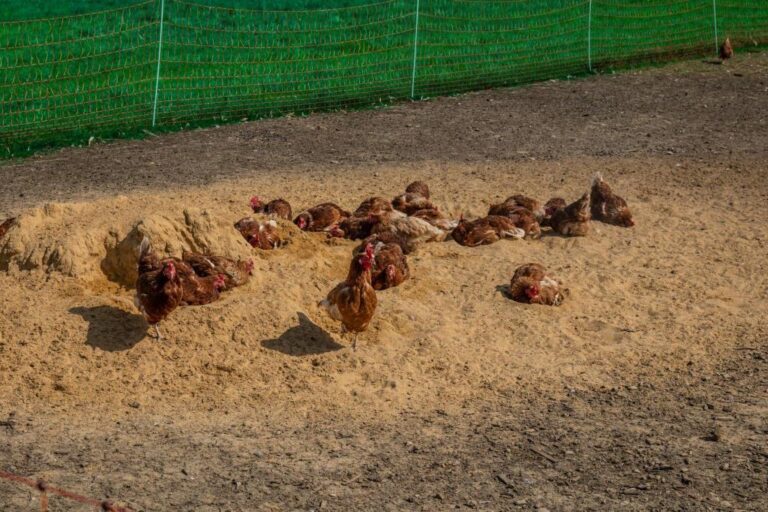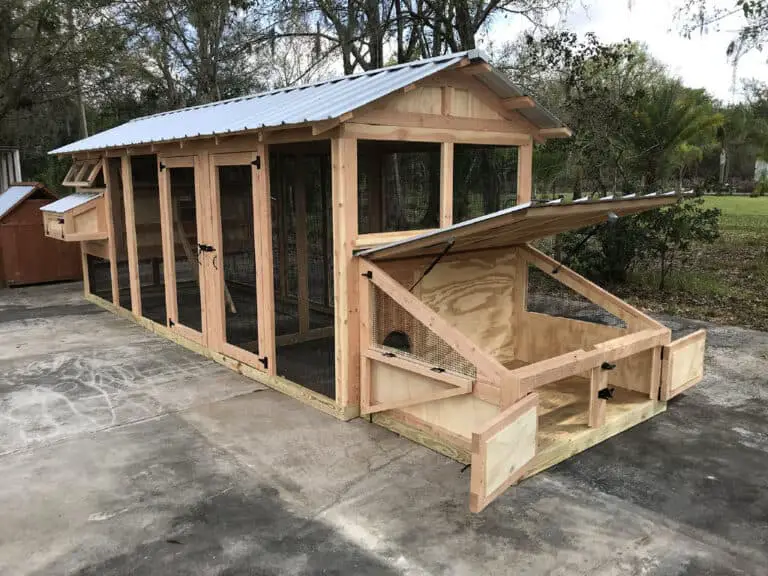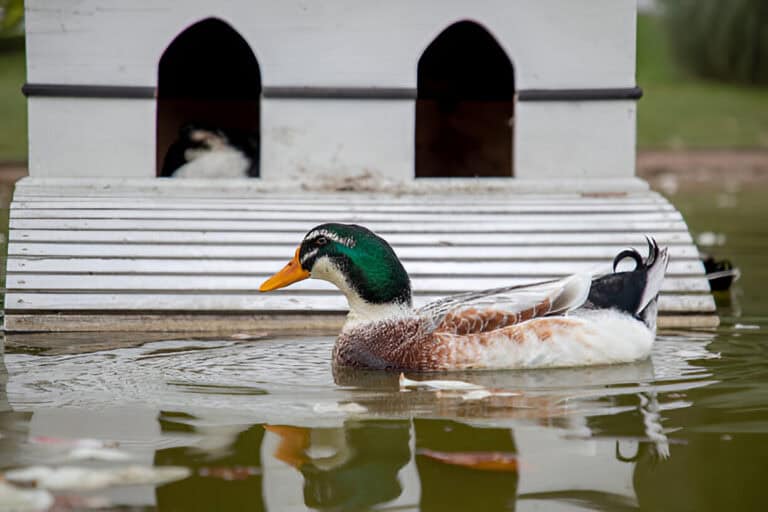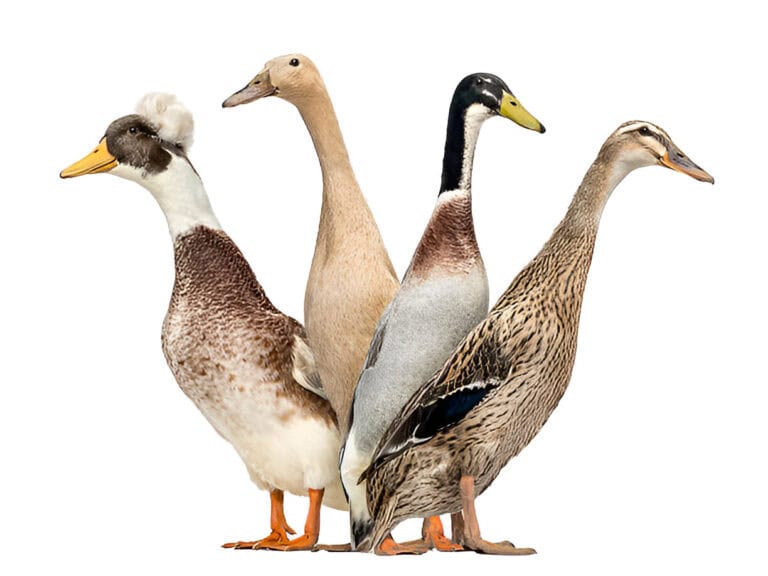How Much Soil Depth and Space Does Lilyturf Need to Grow?
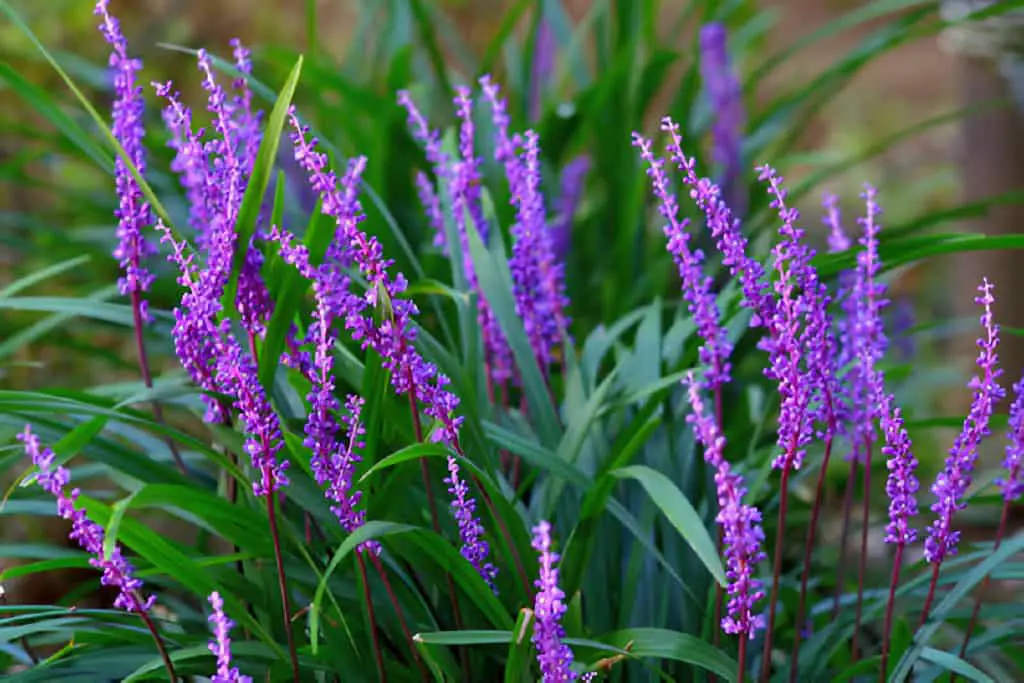
Lilyturf, also known as Liriope, is a versatile and resilient ground cover plant that can enhance the beauty of any garden. Lilyturf has grass-like leaves and charming purple or white flowers. It’s a popular choice for borders, pathways, and as a low-maintenance lawn alternative.
Have you ever wondered how much soil is required to cultivate a lush and healthy turf lawn? The amount of soil plays a critical role in the growth and sustainability of turfgrass.
To help Lilyturf thrive, know the right soil depth and spacing for optimal growth. This comprehensive guide will provide you with all the information you need to successfully plant and maintain Lilyturf.
Understanding Lilyturf
What is Lilyturf?
Lilyturf (Liriope) is a perennial plant belonging to the Asparagaceae family. It is often used as ground cover due to its dense, clumping habit and ability to spread quickly. There are two main types of Lilyturf:
- Liriope muscari: Known for its clump-forming growth and purple flower spikes.
- Liriope spicata: Known for its spreading habit and white or light purple flowers.
Benefits of Planting Lilyturf
Lilyturf offers several advantages for gardeners:
- Low Maintenance: Once established, Lilyturf requires minimal care and is drought-tolerant.
- Erosion Control: Its dense root system helps prevent soil erosion.
- Versatility: Suitable for a variety of garden settings, from borders to ground cover.
- Aesthetic Appeal: Adds year-round greenery and seasonal flowers to your garden.
Soil Depth Requirements for Lilyturf

Ideal Soil Depth
Lilyturf needs only a little soil depth. So, it can adapt to various garden conditions. The recommended soil depth for planting Lilyturf is:
- Soil Depth: 6-8 inches
This depth allows Lilyturf to develop a strong root system, ensuring healthy growth and resilience.
Soil Preparation
Proper soil preparation is crucial for Lilyturf to thrive. Here are the steps to prepare your soil:
- Clear the Area: Remove any existing vegetation, rocks, and debris from the planting area.
- Loosen the Soil: Use a garden fork or tiller to loosen the soil to a depth of 6-8 inches.
- Amend the Soil: Add organic matter such as compost or well-rotted manure to improve soil fertility and drainage.
- Level the Soil: Rake the soil to create a smooth, even surface for planting.
| Read: How Much Soil Depth and Space Do Pumpkins Need to Grow? |
Spacing Requirements for Lilyturf
Importance of Proper Spacing
Proper spacing is essential to allow Lilyturf to spread and fill in the planting area without overcrowding. Adequate spacing helps prevent diseases. It ensures each plant gets enough nutrients and sunlight.
Recommended Spacing
The recommended spacing for Lilyturf varies slightly depending on the type:
- Liriope muscari: Space plants 12-18 inches apart.
- Liriope spicata: Space plants 18-24 inches apart.
This spacing allows each plant to grow and spread naturally, creating a lush, continuous ground cover.
Planting Layout
When planting Lilyturf, consider the layout to achieve a uniform and attractive appearance. Here are two common planting layouts:
- Grid Pattern: Plant Lilyturf in a grid pattern with equal spacing between each plant.
- Staggered Rows: Plant Lilyturf in staggered rows to create a more natural, flowing look.
Planting Lilyturf
Step-by-Step Planting Guide
Follow these steps to plant Lilyturf effectively:
- Dig Planting Holes: Dig holes wide enough for each plant’s root ball. They must be 6-8 inches deep.
- Place the Plants: Carefully place each Lilyturf plant in the hole, ensuring the crown is level with the soil surface.
- Backfill and Firm: Backfill the hole with soil, firming it gently around the plant to eliminate air pockets.
- Water Thoroughly: Water the newly planted Lilyturf thoroughly to help settle the soil and establish good root contact.
| Related: How Much Soil Depth and Space to Plant Moss? |
Caring for Lilyturf Plant
Watering
- Initial Watering: Keep the soil consistently moist during the first few weeks after planting.
- Established Plants: Once established, Lilyturf is drought-tolerant. Water it only during prolonged dry periods.
Fertilizing
- Spring Feeding: Apply a balanced, slow-release fertilizer in early spring to support new growth.
- Avoid Over-Fertilizing: Too much fertilizer can weaken plants and make them sick.
Mulching
- Mulch Application: Apply a 2-3 inch layer of mulch around the plants. This will conserve moisture, suppress weeds, and regulate soil temperature.
- Avoid Mulch Piling: Keep mulch away from the crown of the plants to prevent rot.
Pruning and Maintenance
- Spring Cleanup: Trim back old foliage in early spring before new growth begins.
- Dividing Clumps: Every 3-4 years, divide overcrowded clumps to maintain plant vigor and spread.
Common Problems and Solutions
Pests and Diseases
- Pests: Lilyturf is relatively pest-resistant but may occasionally attract snails and slugs. Use organic pest control methods if necessary.
- Diseases: Watch for signs of fungal diseases, such as leaf spot and root rot. Ensure proper spacing and avoid overwatering to prevent these issues.
Poor Growth
- Problem: Stunted or weak growth.
- Solution: Check soil pH and nutrient levels. Amend the soil with compost and ensure proper watering practices.
Yellowing Leaves
- Problem: Leaves turning yellow.
- Solution: This may indicate overwatering or poor drainage. Adjust watering practices and improve soil drainage if needed.
Table: Soil Depth and Spacing for Lilyturf
| Type of Lilyturf | Soil Depth (inches) | Spacing (inches) |
| Liriope muscari | 6-8 | 12-18 |
| Liriope spicata | 6-8 | 18-24 |
Enhancing Lilyturf Growth
Companion Planting
Lilyturf pairs well with other shade-tolerant plants, such as hostas, ferns, and astilbes. These companions create a diverse and visually appealing garden.
Creating Focal Points
Use Lilyturf to create attractive borders along pathways, garden beds, and around trees. Its dense growth and colorful flowers add visual interest and structure to the landscape.
Seasonal Interest
- Spring: Enjoy the fresh, green foliage as it emerges.
- Summer: Admire the vibrant purple or white flower spikes.
- Fall: Appreciate the lush greenery that persists into late fall.
Conclusion
Planting Lilyturf is an excellent way to enhance your garden’s beauty and functionality. Knowing the soil depth and spacing can help. It will create an ideal environment for Lilyturf to thrive. Proper planting and care will keep your Lilyturf healthy and vibrant. It will provide year-round greenery and seasonal blooms.
Whether used as ground cover, in borders, or as part of a mixed planting scheme, Lilyturf is a versatile and attractive addition to any garden. Follow these guidelines to enjoy the many benefits of this resilient and low-maintenance plant.

